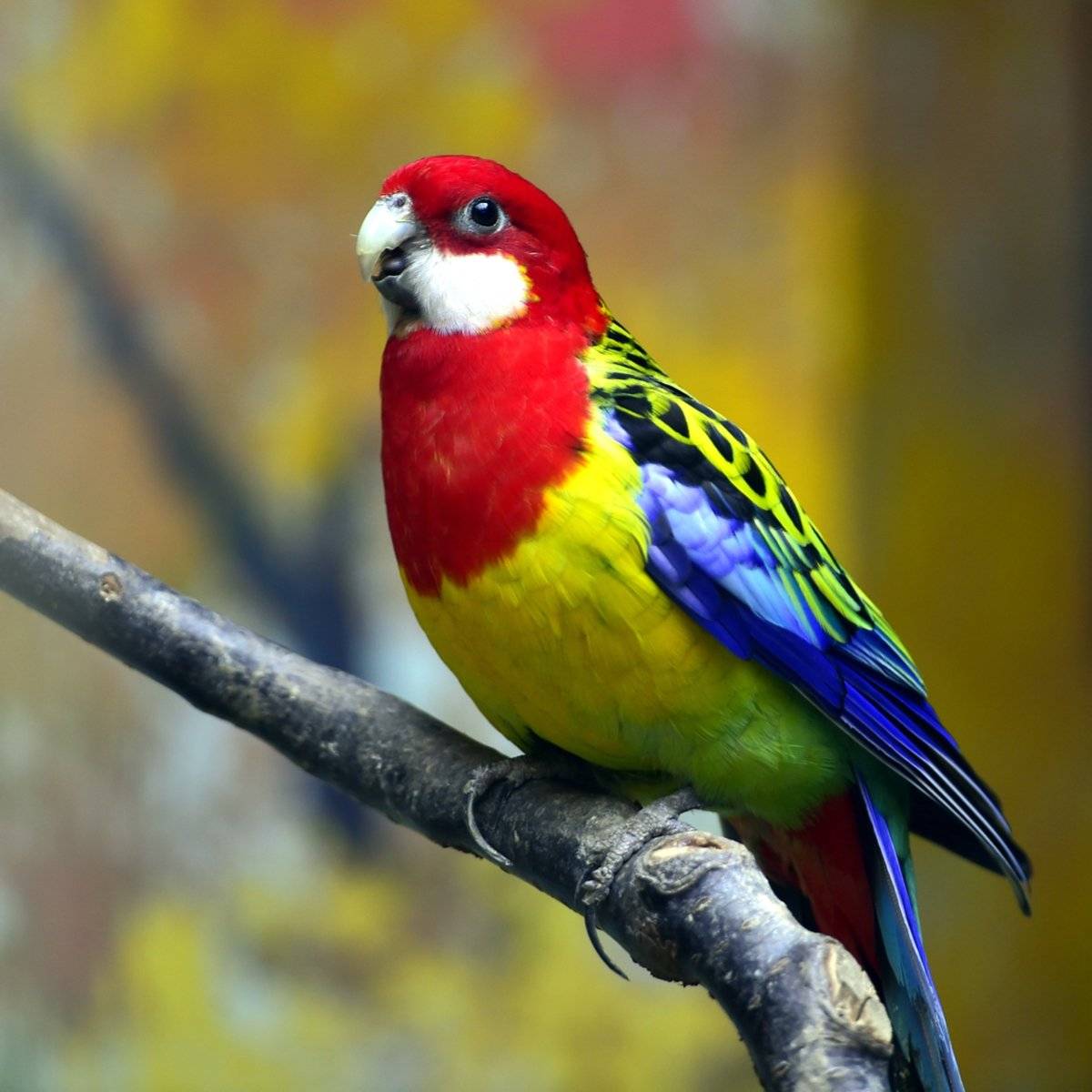Australia’s diverse avian population boasts an array of colorful and charismatic birds, and among them, the Western Rosella (Platycercus enteritis) stands out as a true delight. With its vibrant plumage and captivating presence, this species has captured the hearts of bird enthusiasts and nature lovers. In this article, we delve into the fascinating world of the Western Rosella, exploring its characteristics, habitat, behavior, and the importance of conservation efforts to ensure its continued presence in Australia.

The Western Rosella’s stunning appearance is a sight to behold. Its plumage showcases a vibrant blend of red, yellow, green, and blue, creating a remarkable display of colors. From its crimson head to its deep blue wings and tail, every detail of the Western Rosella’s feathers exudes elegance and splendor, making it a visual treat for bird enthusiasts.
The Western Rosella is primarily found in the southwestern regions of Australia, particularly in Western Australia and parts of South Australia. Its preferred habitats include woodlands, open forests, and shrublands, where it can find ample food sources and suitable nesting sites. Understanding Western Rosella’s habitat preferences is crucial for its conservation and ensuring the preservation of its natural environment.

Observing the behavior of the Western Rosella reveals fascinating insights into its daily life. These birds are known for their agility and acrobatic movements, often seen hopping and climbing with remarkable dexterity. Their diet consists of a variety of seeds, fruits, flowers, and insects, allowing them to adapt to the changing food availability throughout the seasons.
During the breeding season, Western Rosellas form monogamous pairs and build their nests in tree hollows or crevices. The female lays a clutch of eggs, and both parents participate in the incubation and care of the chicks. Studying their breeding behavior and understanding the challenges they face can aid in developing effective conservation strategies to ensure successful reproduction and population growth.

Conservation efforts are crucial to protect the Western Rosella and its habitat. Loss of suitable nesting sites, habitat fragmentation, and the impact of climate change pose challenges to their survival. By raising awareness, promoting habitat preservation, and implementing sustainable land management practices, we can contribute to the long-term conservation of this vibrant avian species.

The Western Rosella, with its stunning colors and lively presence, adds a touch of vibrancy to Australia’s avian landscape. Appreciating the beauty and ecological significance of this species is essential for its conservation. By understanding its habitat, behavior, and the challenges it faces, we can work towards safeguarding the Western Rosella’s future, ensuring that future generations can continue to experience the delight of encountering these magnificent birds in the wild.